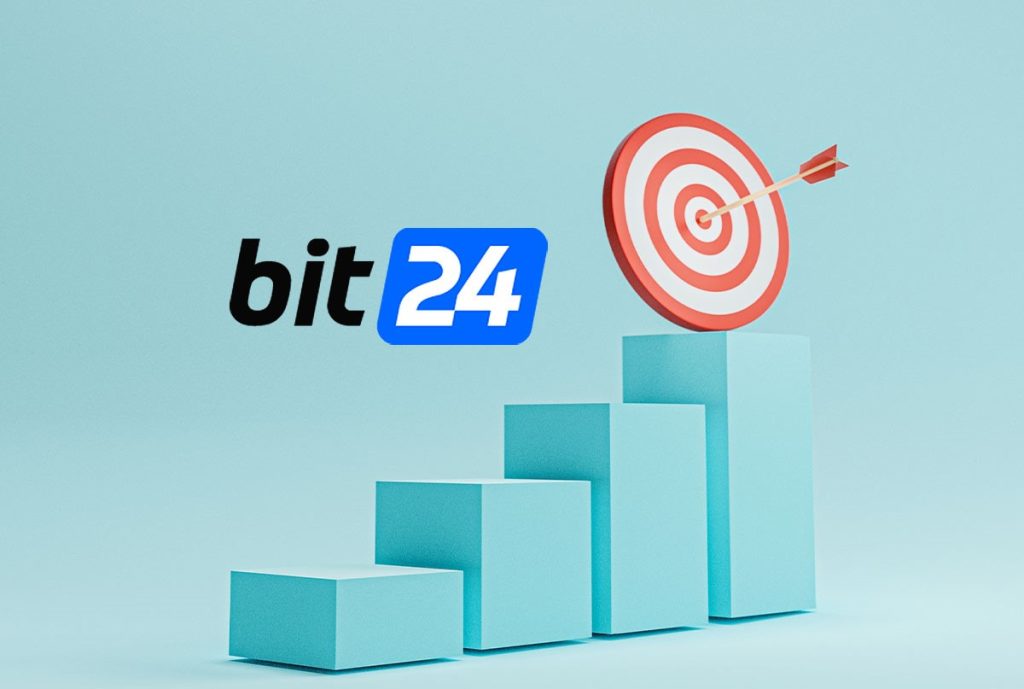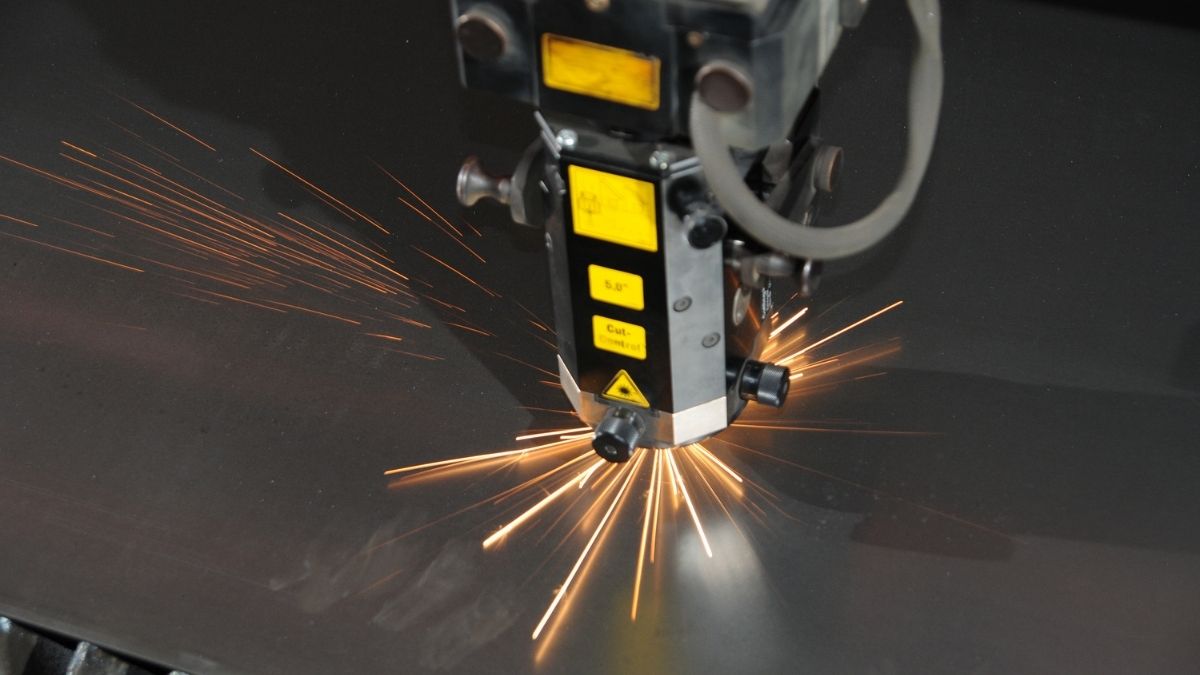Blockchain in Iran didn’t start as part of a planned strategy. It grew slowly out of everyday necessity. When international banking access became limited and economic pressure increased, people began searching for digital ways to move and protect their money. What started as a small experiment among a few tech enthusiasts gradually turned into a vital tool for freelancers, traders, and startups. Today, technology exists in a fragile balance between a society that wants more financial independence and a government that is trying to manage that change. This constant push and pull is shaping the story of Iran’s crypto ecosystem.
Blockchain and Crypto Ecosystem in Iran
Iran’s crypto and blockchain sector has grown into one of the largest in the Middle East. Between 15 and 20 million Iranians now own digital assets, using them mainly as protection against inflation and banking restrictions. The rial has lost around 90 percent of its value over the past decade, and access to international payment systems remains limited. For millions of Iranians watching their savings erode, cryptocurrencies are not an investment—they are a safeguard against the instability that traditional finance cannot prevent.
Still, this growth exists under tight supervision. The Central Bank of Iran allows mining but bans domestic payments with crypto. Miners must sell their Bitcoin to the government, effectively centralizing a system meant to be decentralized. In 2025, a new tax law officially recognized digital assets, marking a step toward regulation but also showing the state’s intent to keep a firm hand on the market.
Technically, the ecosystem is dominated by the TRON network, which processes about 65 percent of transactions thanks to its low fees and reliability. However, the main obstacle facing this dynamic ecosystem remains the regulatory environment. As Mohammad Sharghi, head of Iran’s Blockchain Association, puts it simply: “Regulation is the biggest obstacle.”
Leading Iranian Blockchain Startups and Exchanges
Among the many local startups that have shaped Iran’s digital economy, Bit24 stands out as one of the most consistent and community-driven platforms. Founded in 2019, it grew steadily during a period of uncertainty, when most international services were inaccessible and domestic regulation was still unclear. Bit24 became a bridge between global crypto markets and Iranian users, helping thousands safely enter the digital-asset space while maintaining compliance with local standards.

The platform’s focus has always been on accessibility and education. It simplified crypto transactions for everyday users by offering a clear interface and reliable support across popular networks such as TRON and ERC-20. In a market often defined by volatility and regulatory change, Bit24 has remained stable and transparent, earning trust among users who needed a dependable local platform to manage their assets.
For many Iranians, platforms like Bit24
are more than just trading tools—they are gateways to financial inclusion in a restricted economy. As the crypto community continues to grow, the ability to Buy Cryptocurrency
safely and confidently through trusted local services has become a cornerstone of Iran’s blockchain progress.
Opportunities and Growth Potentials
Despite regulatory challenges, Iran’s blockchain sector holds strong potential for long-term growth. The country’s economy is already highly digitalized—over 85 percent of financial transactions take place electronically—and the fintech industry is expanding by nearly 30 percent each year. This combination of a tech-literate population and an urgent need for financial innovation has created the right environment for blockchain expansion.
Multiple innovation tracks are already taking shape across finance and technology. Tokenization projects, including gold-backed and real-estate-backed assets, are gaining traction and promoting more transparent investment channels. Initiatives such as Borna and Kuknos show how blockchain can modernize banking infrastructure while staying within regulatory frameworks. Regional partnerships with Russia and BRICS countries further highlight the potential for blockchain-based trade and reduced dependency on the U.S. dollar.
Equally important is the country’s human capital. Iranian developers and entrepreneurs—many self-taught and globally connected—continue to build under challenging conditions. Their growing expertise in smart contracts, DeFi protocols, and blockchain infrastructure forms a resilient foundation for innovation.
The potential is undeniable; what remains is for regulation to catch up with innovation and allow it to scale.
Challenges and Limitations
While Iran’s blockchain ecosystem has shown consistent growth, it continues to operate under a series of structural and regulatory constraints. The most significant barrier remains the absence of clear licensing for exchanges and blockchain businesses. Domestic payments with crypto are banned, and miners are required to sell their Bitcoin to the Central Bank. Such policies have created a fragmented environment—one where innovation moves faster than regulation, and legal uncertainty discourages large-scale investment.
Cooperation with foreign partners is also severely limited by international sanctions and Iran’s continued presence on the FATF blacklist, creating an invisible barrier that not only blocks foreign investment but also cuts off access to global cloud infrastructure and fintech tools. As a result, many developers must rely on local or self-hosted alternatives, increasing costs and reducing scalability.
Technical and security challenges further complicate the landscape. Frequent internet disruptions, strict content filtering, and the 2025 cyberattack that compromised data from a major local exchange have all weakened public trust. Yet despite these incidents, users continue to engage with digital assets—proof of the market’s resilience and the population’s determination to remain connected to the global economy.
Ultimately, Iran’s blockchain industry does not struggle because of a lack of talent or innovation. Its main limitation lies in policy uncertainty and overregulation. If these barriers are eased, the same adaptability that kept the sector alive under sanctions could turn Iran into a regulated, competitive regional hub.
Future of Crypto and Blockchain Ecosystem in Iran
The coming years are expected to mark a turning point for Iran’s blockchain and crypto landscape. The 2025 taxation law was the first clear sign that the government intends to regulate rather than suppress the market. A gradual shift is taking place—from informal trading networks toward a more structured and tax-compliant framework. Fintech activity continues to grow by about 30 percent annually, suggesting that blockchain will remain central to Iran’s digital transformation strategy.
Government-backed projects are also shaping this new phase. The Crypto-Rial, Iran’s central bank digital currency, is being tested alongside the Borna platform, which uses Hyperledger Fabric to modernize interbank infrastructure. Meanwhile, Kuknos, built on the Stellar network, continues developing asset-backed tokens such as gold-based “Paymon.” These initiatives show how the state seeks to integrate blockchain into its financial system while maintaining oversight.
At the same time, international cooperation—particularly with Russia and other BRICS members—is opening new possibilities. Plans for a gold-backed stablecoin and alternative settlement networks could allow Iran to participate in cross-border trade without relying on the U.S. dollar. For the domestic market, this may encourage further investment in blockchain infrastructure, user education, and secure platforms that enable people to enter the crypto market with greater confidence and transparency.

The future of Iran’s blockchain ecosystem will depend on balance. If regulation evolves to support rather than restrict innovation, the country could transform from a constrained market into a regional hub for compliant, data-driven blockchain solutions. The foundation already exists; what matters now is how it is allowed to grow.
Conclusion
Iran’s blockchain evolution shows how innovation can thrive even under pressure. What began as a tool for financial survival has become a central part of the country’s digital economy, driven by a new generation of developers and adopted by millions. The real question isn’t whether blockchain has a future in Iran—it clearly does. The question is who will shape that future: the government through regulation, or the people through their drive for financial autonomy.









